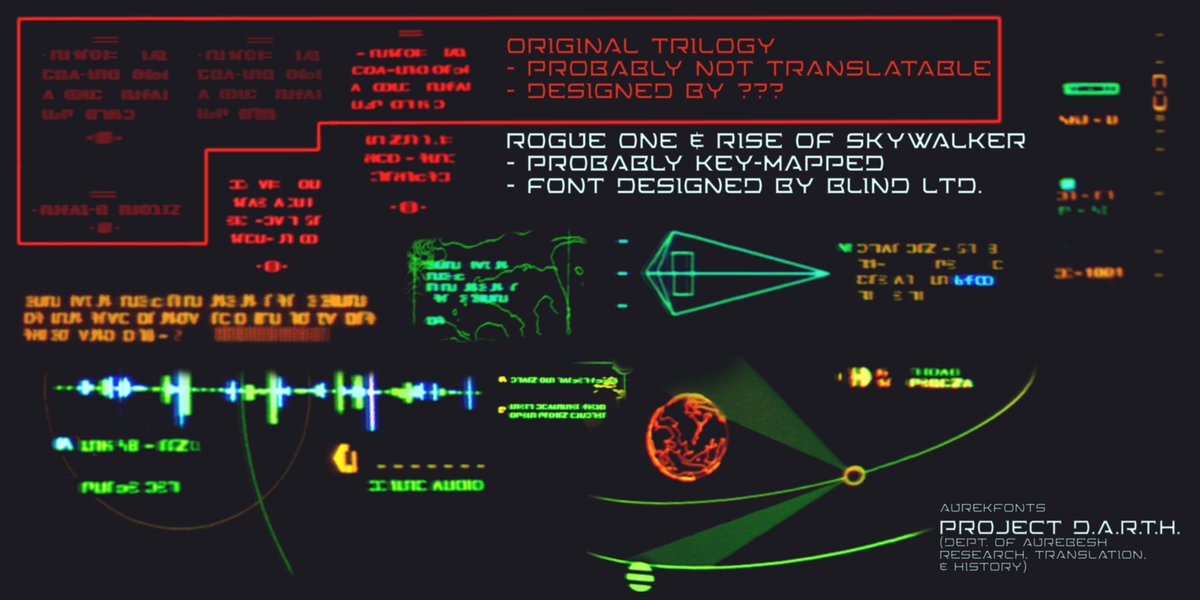
Ooh, another one I might go back and re-do. I was aiming for the opening title from Tartakovsky's Clone Wars cartoon. 

• • •
Missing some Tweet in this thread? You can try to
force a refresh


















